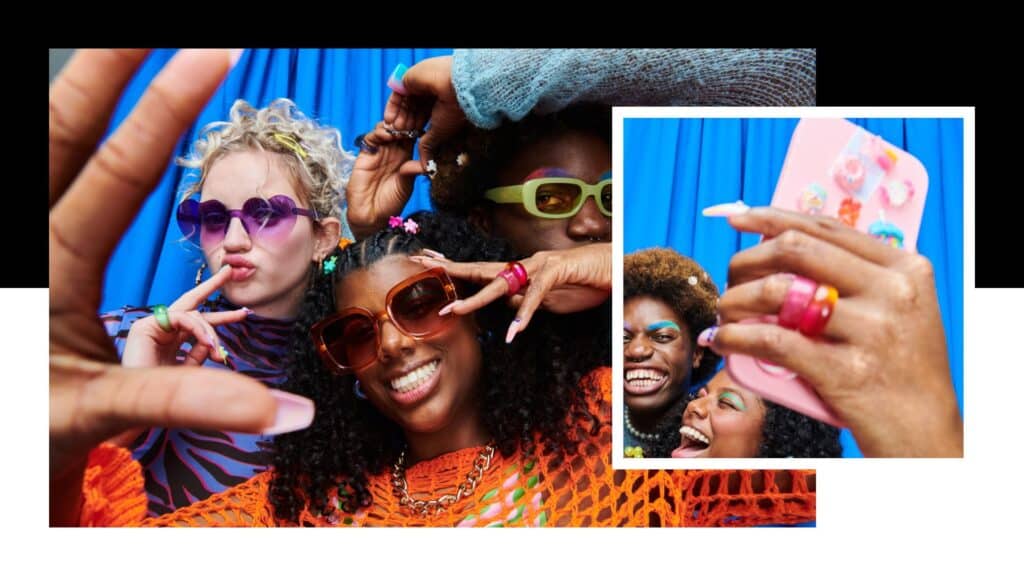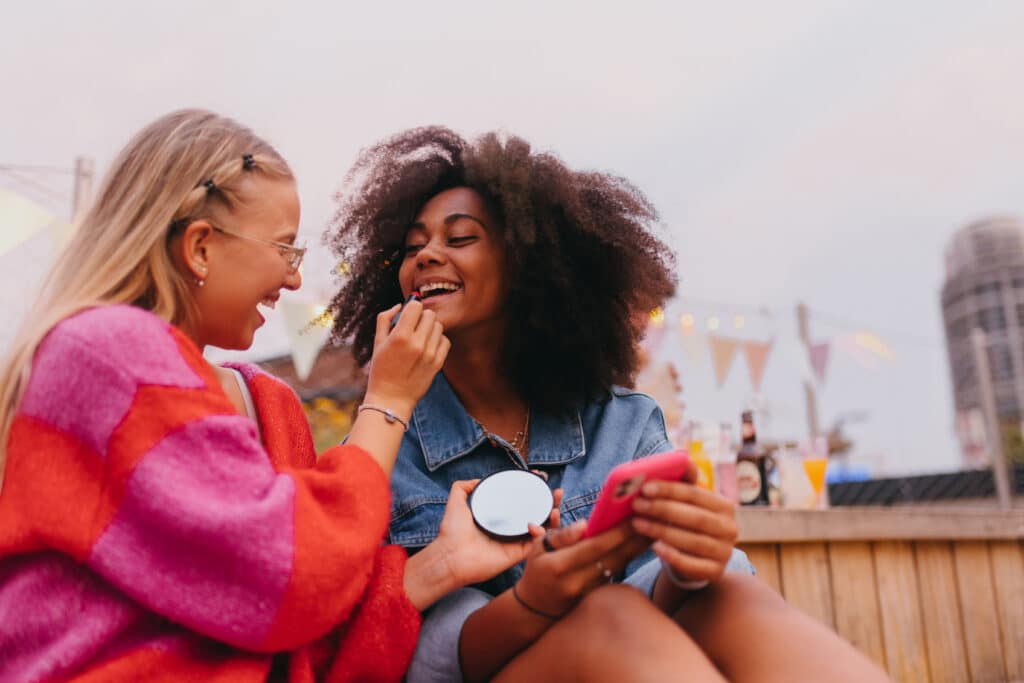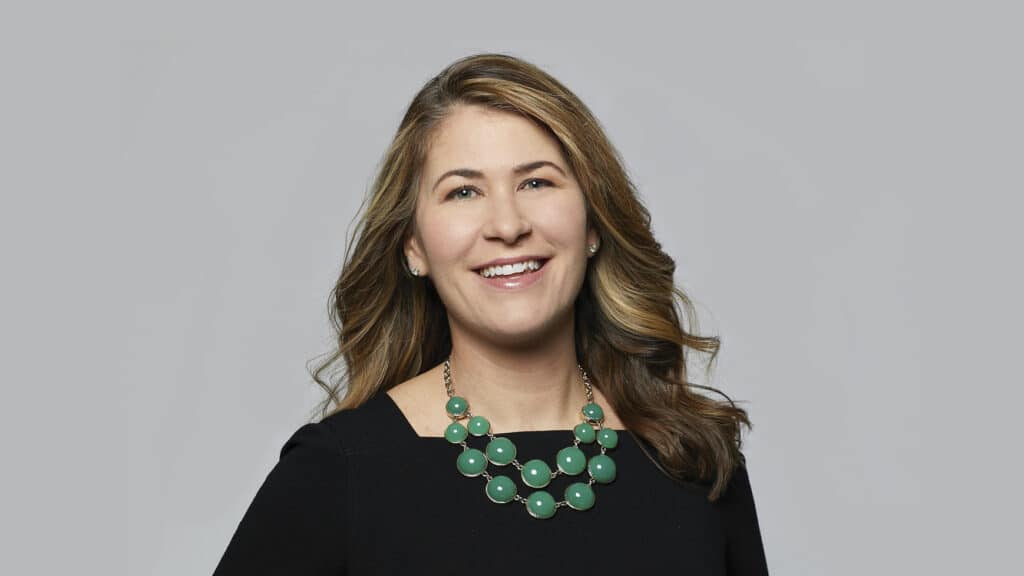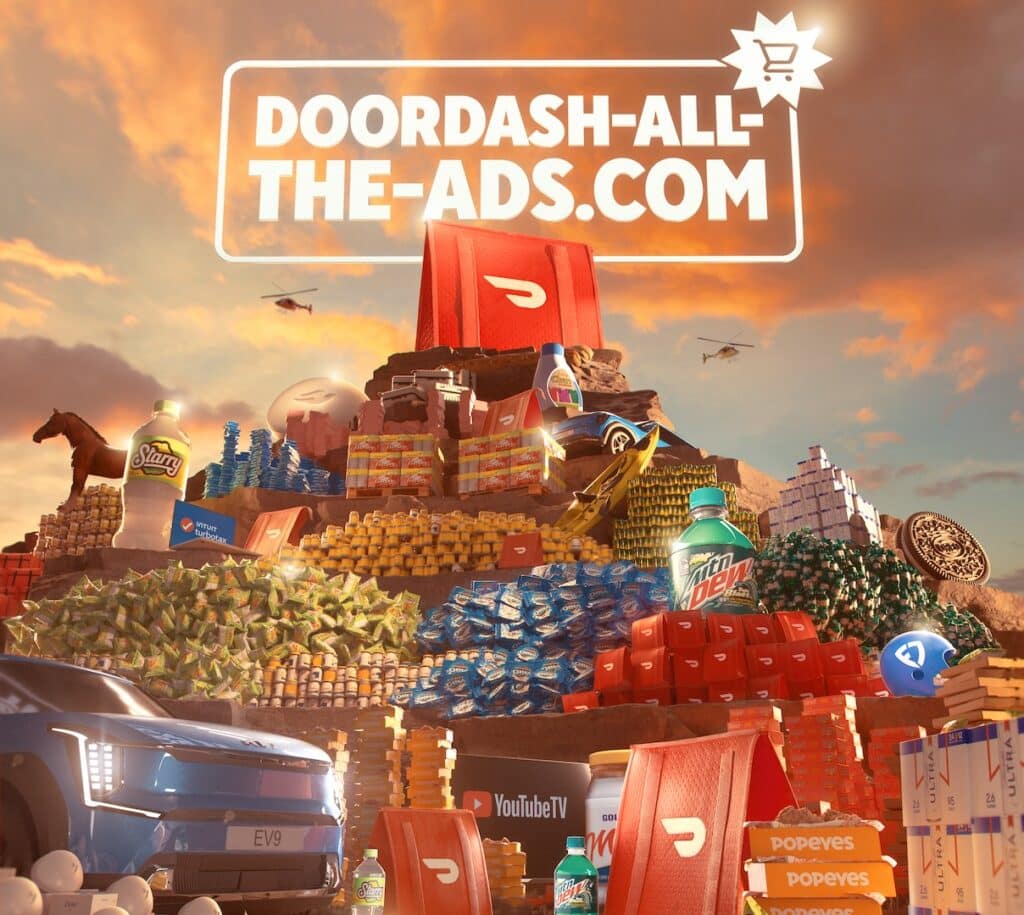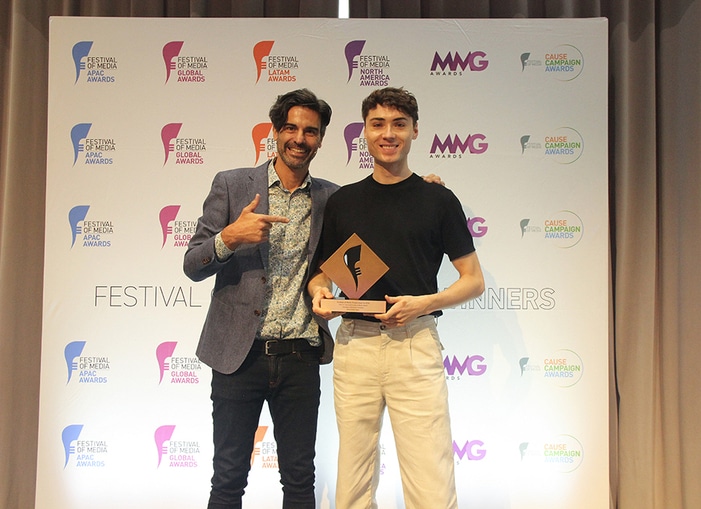
The future of queerness is fluid and brands need to understand that if they want to have a seat at our table
The culture war between left and right has been raging for decades, but over the past two years, queer people’s identities, relationships, and mere existence have been weaponised to advance more conservative values. Some individuals and groups have spun false narratives that cast queer people as a danger to society and to young children, claiming that acknowledging our existence or providing resources to anyone questioning their sexuality, is an act of grooming. These baseless claims have real-world effects and we’ve seen how this kind of hateful rhetoric manifests in the real world.
With heightened violence against the community in some countries, we can’t always rely on the support of elected officials. People need to show up to alter the course of conversation in support of their queer family. But how can a brand get involved in a way that’s both authentic to their organisation and to the community itself? It’s important that companies see these situations as an opportunity to help society – but only after they’ve looked inwards to understand if they’re equipped to do so.
Over the past year, we’ve researched queer identities and their relationship with media to provide a resource for brands looking to better understand their LGBTQ+ audiences.
This research isn’t a total solve for the problems queer communities face in this area; rather it’s an opportunity to simplify what is often perceived as complex. Our hope is that by creating more informative resources through the lens of marketing communications, we can create more meaningful connections between brands and our community.
Young people are breaking down binaries
Before any organisation expects to engage with the queer community, they need to understand who we are. Despite hateful demonstrations in recent times, there remains a collective feeling that western societies are more inclusive of LGBTQ+ people, with 22% of Gen Z adults identifying as something other than heterosexual and 4.2 times more likely to identify outside cisgender definitions.
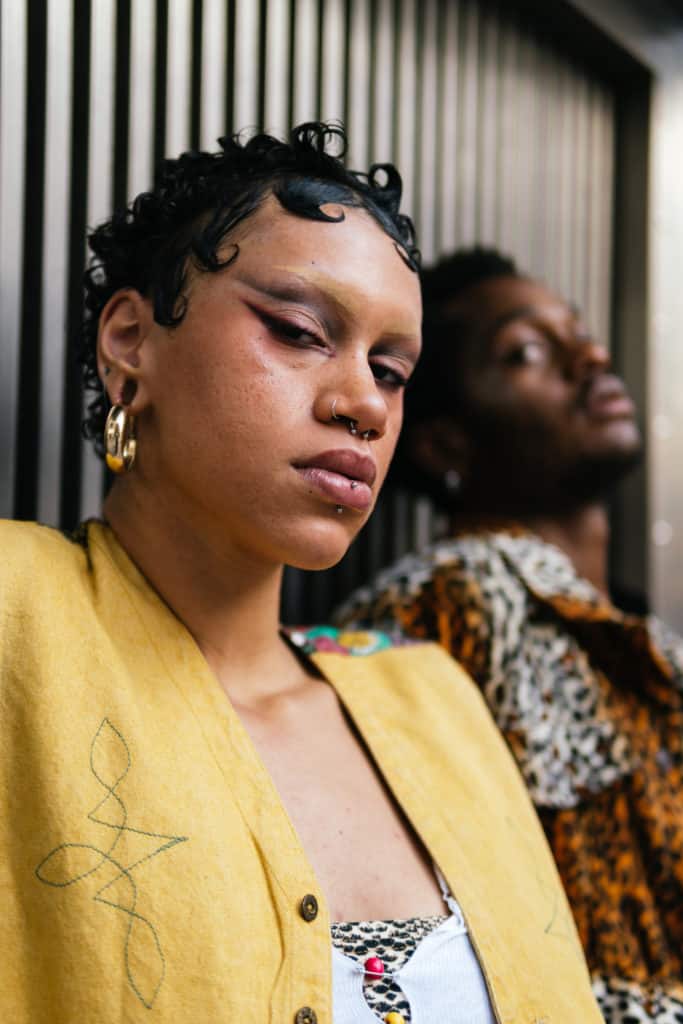
This shift among young people is indicative of a more inclusive society coupled with better access to other queer people and information in physical and digital spaces.
While queer identities may become more fluid, they don’t always present as freely in the real world, with only 40% of queer people openly expressing their sexuality at work. This number gets even smaller for bisexual respondents and those on entry-level salaries.
There is no single answer to why folks don’t openly express their identity at work, but it demonstrates that our community often checks a portion of who they are at the office door.
The most successful brands foster a truly inclusive space for LGBTQ+ employees. Our advice is simple – ensure you understand how your workplace fares today and implement a long-term strategy to improve DE&I tomorrow.
Queer content is going mainstream
The internet has transformed the media landscape – and for LGBTQ+ audiences it’s been revolutionary. It has created more spaces to connect with other LGBTQ+ people, share queer content and encourage LGBTQ+ creators.
 Queer representation has improved on and off screen, with major studios releasing movies featuring LGBTQ+ leads and LGBTQ+ people behind the camera too. This demand for representation isn’t only from the community, with 60% of non-LGBTQ+ people seeking out queer content. Having mainstream representation normalises and changes attitudes around LGBTQ+ lives. As one of our survey respondents said: “You can’t be what you can’t see. We deserve content that tells our stories as full human beings.”
Queer representation has improved on and off screen, with major studios releasing movies featuring LGBTQ+ leads and LGBTQ+ people behind the camera too. This demand for representation isn’t only from the community, with 60% of non-LGBTQ+ people seeking out queer content. Having mainstream representation normalises and changes attitudes around LGBTQ+ lives. As one of our survey respondents said: “You can’t be what you can’t see. We deserve content that tells our stories as full human beings.”
But as demand for representative content increases, so does scrutiny of its quality. No single person can represent the experiences and identities of the entire community, so it is important for brands who wish to tell our stories to consult with the community itself. Speak to your people and to non-profit organisations, take the time to review the best research, because when organisations don’t put in the work – it shows.
Your Pride campaign should be a celebration of the work you do year round
Many brands have put in place DE&I policies to ensure that fair representation is embedded in their everyday business activities, from hiring practices and employee benefits to how they market and advertise their products and services.
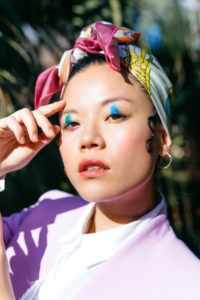 When Pride month rolls around with its inevitable wave of rainbow logos, consumers are hyper-conscious of the difference between brands that stand behind their messaging and those who are just chasing a pink dollar.
When Pride month rolls around with its inevitable wave of rainbow logos, consumers are hyper-conscious of the difference between brands that stand behind their messaging and those who are just chasing a pink dollar.
Building true brand credibility in this community needs a perspective that goes beyond four weeks a year. Credibility is earned by switching the brand objective from ‘driving positive brand perceptions or associations during Pride’ to ‘giving the community a voice to drive progress and inclusivity’. Brands have an opportunity to leverage their resources throughout the year to raise and amplify the voices of LGBTQ+ individuals, not to drive sales, but to drive progress and positive change for a marginalised community” says Dan Flecker, Brand Director of Absolut Canada
This work isn’t just beneficial for the community. Pride can also bring an opportunity to discover new brands. In fact, 40% of LGBTQ+ people say they engaged with new brands during Pride month, and this number is higher among trans and non-binary people (50%) and queer people of colour (49%). This shows that when brands get it right, it’s mutually beneficial.
When a brand is ready to engage during Pride month, there are two simple ways in:
– Raising awareness and resources for issues facing the LGBTQ+ community
– Storytelling featuring queer narratives
According to Kantar Monitor, 68% of consumers expect brands to be clear about their values, with Millennials and Gen Z having the highest expectations. Whether a consumer will ever disregard price, quality and distribution to buy a product or service based on its social justice merits alone is subject to debate, but addressing these issues can drive distinctiveness and relevance if handled with authenticity grounded in established values and a clear role for the brand.
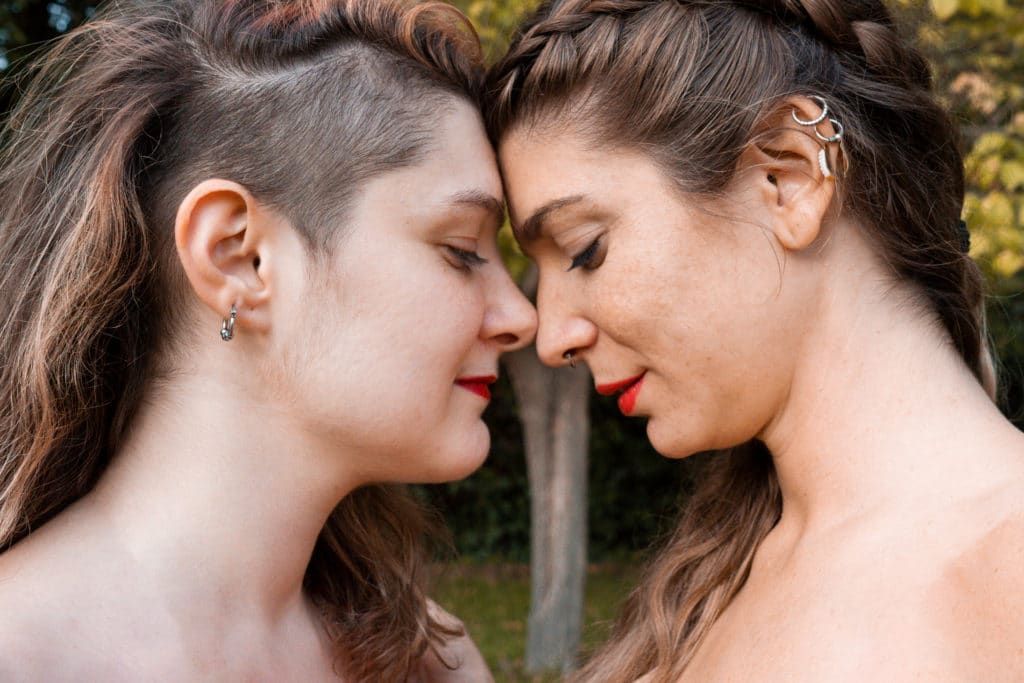
If a brand can leverage their resources for positive change by supporting community-based organisations or share meaningful and authentic LGBTQ+ experiences, it is bound to have a lasting impact beyond a rainbow version of its logo.
There is no single way to be queer, but our diversity is what gives our community its power. Our hope is that this study will begin to forge more meaningful connections between LGBTQ+ people and brands by establishing three key considerations:
- Brands will continue to have an impact on society’s attitudes to LGBTQ+ people. Take the time to understand these attitudes and consider the role you want to play in influencing them for the better.
- Brands at Pride will be challenged on what they do for the rest of the year. Join a collective effort to reinvent Pride by making your Pride activity a celebration of what you do all year round to support the LGBTQ+ community.
- The future of LGBTQ+ marketing will be more informed; relevance will be more crucial than ever. Be conscious in your decision-making to normalise or represent LGBTQ+ issues, and whether you’re doing that through narratives where LGBTQ+ people are essential or incidental.
Devon Esper and Zoe Bowen-Jones are the authors of Beyond the Rainbow, An Investigation into Queer Marketing and its future, a new study in partnership with WPP Unite and Choreograph, WPP’s Global Data Products and Technology Company
For more questions, please reach out to [email protected] or [email protected]


